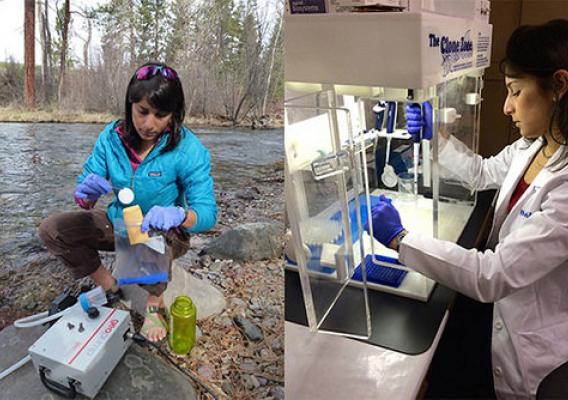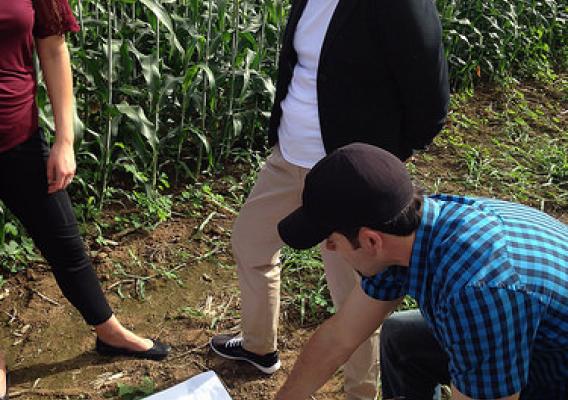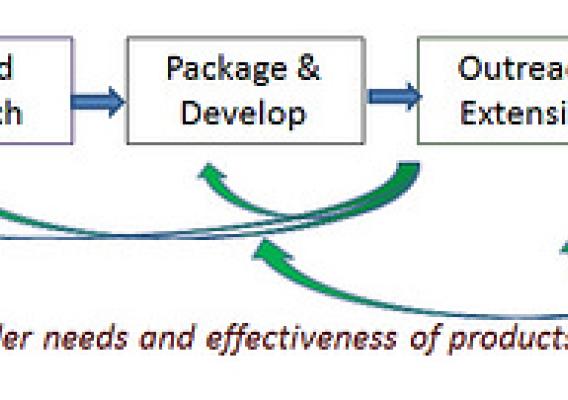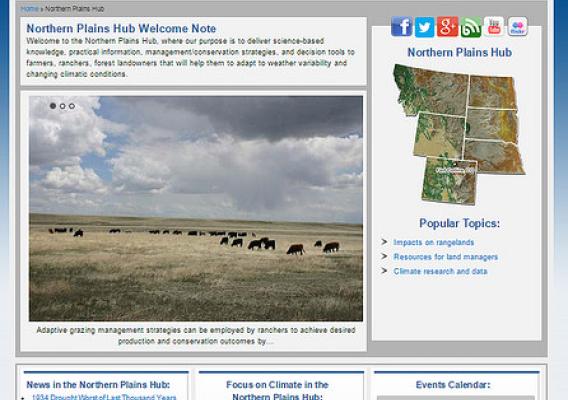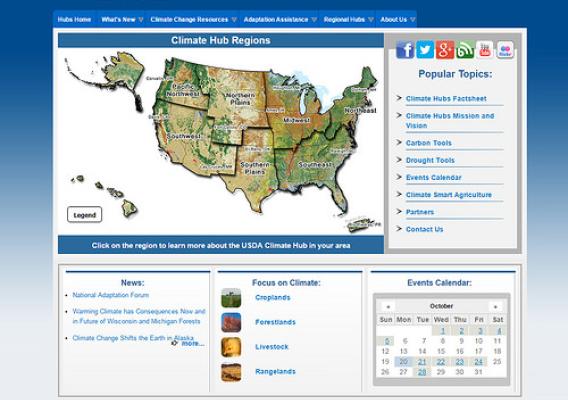Climate change has been deemed one of the greatest challenges facing agriculture, world food security, and human development in the 21st century. It’s a challenge that USDA is working to mitigate while also making sure that our farmers, ranchers and forest landowners are ready to adapt to the challenges it will pose. Just last year we announced the creation of several regional climate hubs -- information centers that help to connect a community of farmers, ranchers, researchers and partners committed to finding viable climate solutions. One area that’s been identified as particularly vulnerable to the effects of climate change is the Caribbean.
On a recent trip to Puerto Rico, I had the pleasure of visiting the USDA Caribbean Climate Sub Hub in Rio Piedras where I was joined by the Puerto Rico Secretary of Agriculture Hon. Myrna Comas and the Puerto Rico Secretary of Natural Resources Hon. Carmen Guerrero. I was truly impressed by the collaboration taking place at the Caribbean Climate Sub Hub at every level – federal, state, and local. While at the hub, I saw some examples of products, from musical instruments to home decor, made from native wood grown on the island. By working collaboratively with the hub, local producers are able to harvest native woods in a way that both supports forest health and creates new market opportunities.

